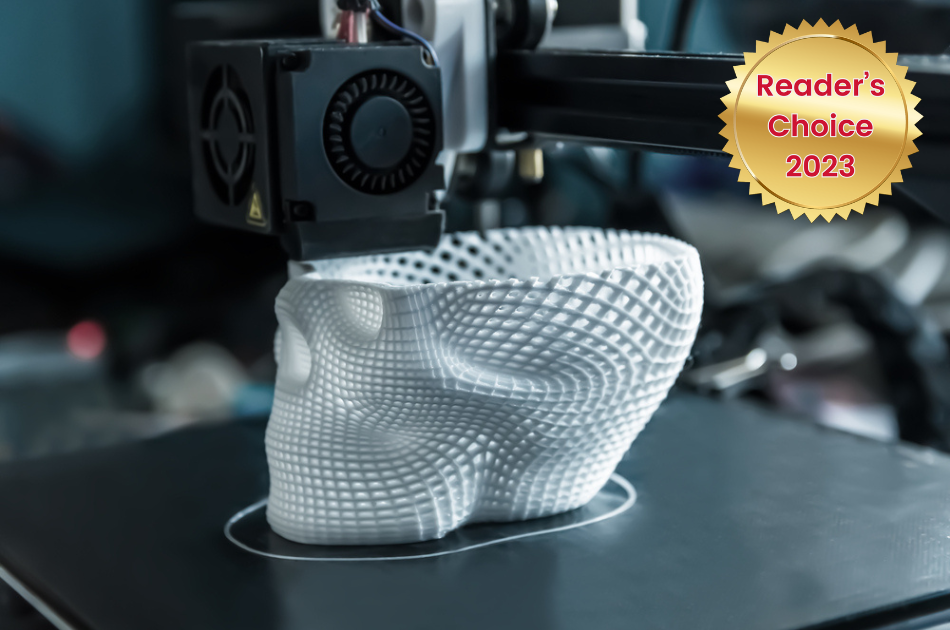DECEMBER 21ST, 2023 UPDATE: This solution is a Reader’s Choice selection of 2023! Thank you for nominating the solutions that left you feeling optimistic this year.
A collaborative team from Duke University and Harvard Medical School announced a groundbreaking technology for performing 3D printing within the human body. This innovation revolves around leveraging ultrasound waves directed at an injectable, biocompatible ink.
This discovery was made possible by the use of photo-sensitive ink, which solidifies when exposed to light, allowing for the gradual formation of sophisticated biomedical structures. However, the limited penetration depth of light within tissue restrained its applications. The scientists hoped to overcome this challenge by investigating the potential of sound waves, which are capable of substantially deeper tissue penetration.
Introducing DVAP: deep-penetrating acoustic volumetric printing
The newly developed technology, dubbed “deep-penetrating acoustic volumetric printing” (DVAP), expands beyond previous limitations. DVAP works on the idea of the sono-thermal effect, in which soundwaves absorb heat and solidify the ink within the body. Dr. Junjie Yao, coauthor of the study and associate professor of biomedical engineering at Duke, explains, “Ultrasound waves can penetrate more than 100 times deeper than light while still spatially confined, so we can reach tissues, bones, and organs with high spatial precision that haven’t been reachable with light-based printing methods.”
Redefining medical interventions with precision and flexibility
This innovation’s brilliance rests in its precision and versatility. When the biocompatible “sono-ink” reaches the desired location, it may be cemented in place using a specialized ultrasound probe, creating complicated structures. Dr. Y. Shrike Zhang, coauthor and associate bioengineer at Harvard’s Brigham and Women’s Hospital, elucidates, “The ink itself is a viscous liquid, so it can be injected into a targeted area fairly easily… Once it’s done, you can remove any remaining ink that isn’t solidified via a syringe.”
Numerous applications and transformative results
This ground-breaking method has many potential applications. The team has developed numerous formulations of the “sono-ink,” ranging from robust bone-like scaffolds to supple, flexible heart valves. They’ve already successfully sealed off a piece of a goat’s heart and treated a bone abnormality in a chicken leg in a series of tests. Furthermore, the sono-ink hydrogel demonstrated the potential to gradually release a chemotherapeutic medication into the liver.
The way forward: clinical integration
While these accomplishments are astounding, the translation of this technology into therapeutic applications requires extensive additional research. Dr. Zhang acknowledges, “We’re still far from bringing this tool into the clinic, but these tests reaffirmed the potential of this technology. We’re very excited to see where it can go from here.”
The combination of biocompatible ink and ultrasonic waves in 3D printing inside the body is a watershed point in medical innovation. While hurdles remain on the way to clinical implementation, the revolutionary potential to revolutionize surgeries, tissue healing, and medication delivery systems looms large. The echoes of sound waves and the fluidity of biocompatible ink may indeed shape the future of medicine, opening up previously unexplored options for healthcare improvement.
Source study: Science—Self-enhancing sono-inks enable deep-penetration acoustic volumetric printing












